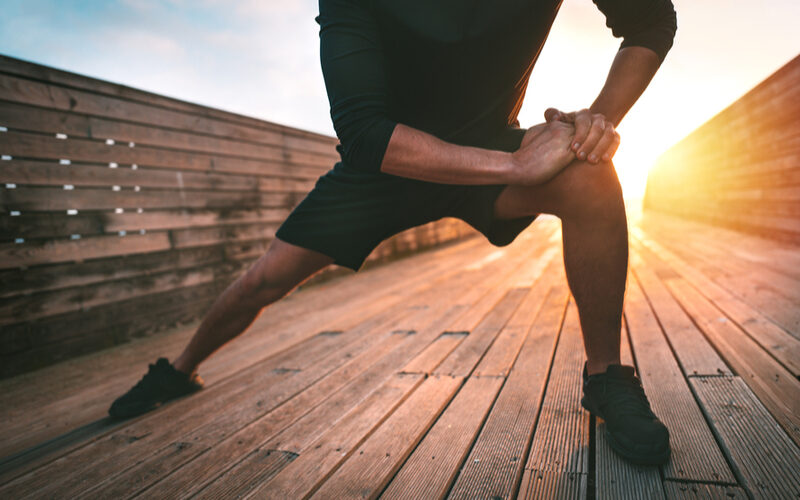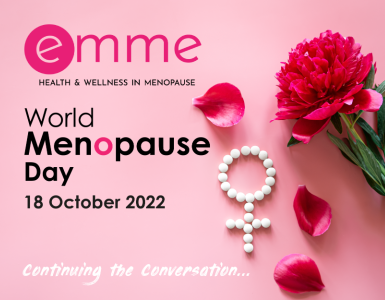Vitamin D, magnesium and calcium are all important nutrients for bone health and bone formation and during the perimenopause and menopause, levels of oestrogen and other hormones drop sharply
As oestrogen helps maintain bone density, this drop can lead to significant bone loss and, over time, to low bone density and strength. During perimenopause and menopause women are at a higher risk of osteoporosis due to hormonal changes.
So which exercises can we do to complement our diets to keep our bones healthy and strong?
We turned to the lovely Dino Bonwick, Personal Trainer to Tom Kerridge, amongst others, to find out some top exercises and tips on how to help keep bones strong during this important time in womens’ lives
Here are his answers to some of our questions along with some of his top tips.
What is strength training and how does it help?
Lifting weights, using the weight machines at your health club, or doing calisthenics, are forms of strength or resistance training. This helps to build your bone strength as they are working against some form of resistance to stress your muscles and bones whether it’s a set of “free” weights, your own body weight, or weight machines.
Strength training at least twice a week is needed to stimulate bone growth. Every gym should have a qualified trainer who can design a workout for your legs, back, shoulders, and arms – one that’s right for your fitness level and can rally your bone health.
What are some simple ways to include some strength training into your day?
Gym Exercise. Here are some simple and very effective exercises for bone and muscle strength, which can be performed using machines or dumbbells; at your health club or gym – all simple and very effective for bone and muscle strength.
- Seated shoulder press (both)
- Chest press (both)
- Lat pulldown (machine)
- Bent over rows (dumbbells)
- Bicep curls (dumbbells)
- Goblet squat (dumbbell)
- Leg extension (machine)
- Hamstring curl (machine)
Racquet Sports. Tennis, squash, and ping pong can rally your bone density. You’re stressing your racquet arm, wrist, and shoulder every time you hit the ball, and working your hips and spine with all that running around.
High Impact weight bearing exercise. Examples of these include:
- Dancing
- Hiking
- Jogging/running
- Jumping Rope
- Stair climbing
- Tennis
Low-impact weight-bearing exercises. These can also help keep bones strong and are a safe alternative if you cannot do high-impact exercises. Examples of low-impact weight-bearing exercises are:
- Using elliptical training machines
- Swimming
- Using stair-step machines
- Free weights
- Fast walking on a treadmill
What is the difference between a low impact exercise to a high impact one?
Low impact does not mean low intensity. It simply means putting less impact on the body, especially joints. Each step you take running is a major impact on the body. Cycling on the other hand, can be just as intense as a cardio workout, but it is much gentler. There are no jarring movements that impact the body.
Low-impact exercise that still gets the heart pumping can be as easy as hopping on the spin bike. Cardio machines that are gentle on the joints, like stationary bikes, rowing machines, and ellipticals are perfect for HILIT workouts. You can still get the intensity of a HIIT workout but without the impact.
We will be hearing more from Emme’s new fitness expert, Dino, over the coming weeks with his fantastic guidance
Dino Bonwick is a Personal Trainer with over 7 years’ experience. Based at The Marlow Club, Dino is offering a first free taster PT session and a chat online (15 mins) or in person to see how he may be able to help you.

If you have any questions for Dino, or would like particular areas covered in his articles, he would love to hear from you at [email protected]
















